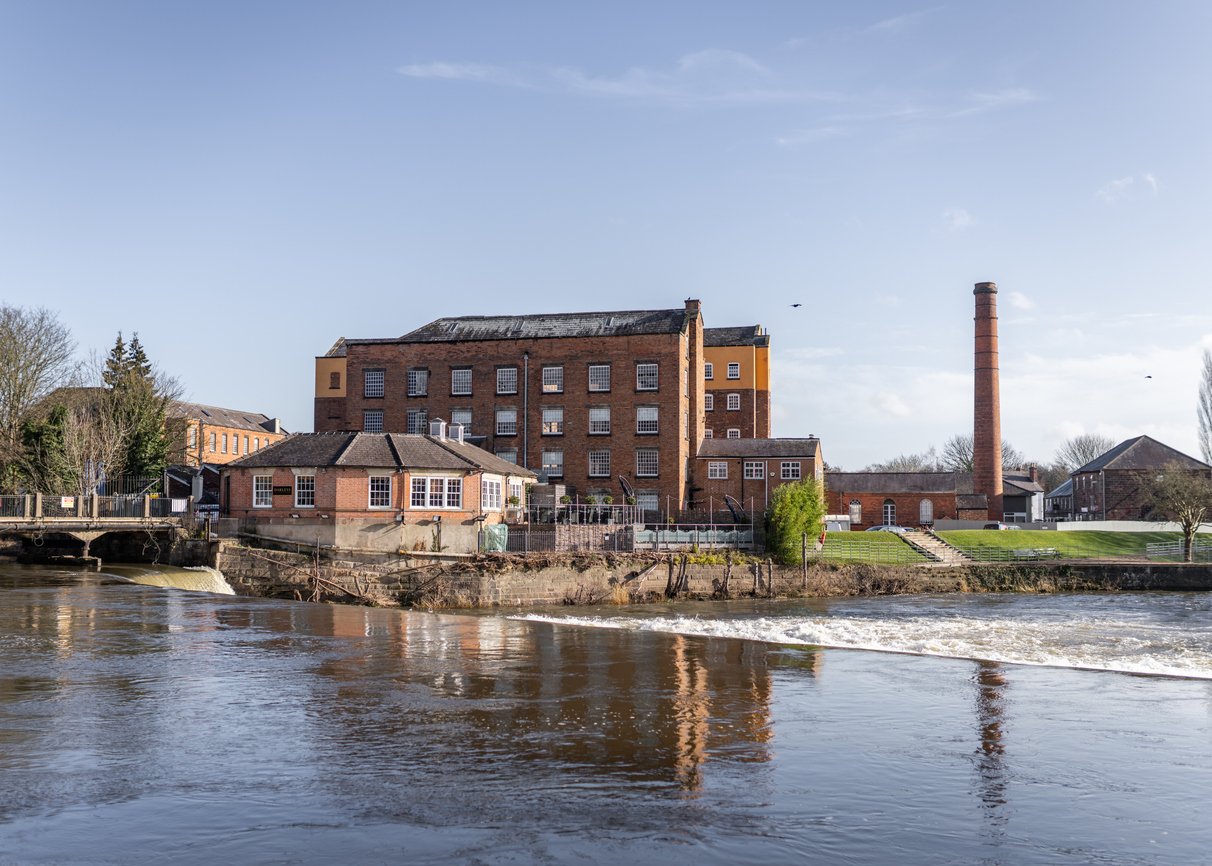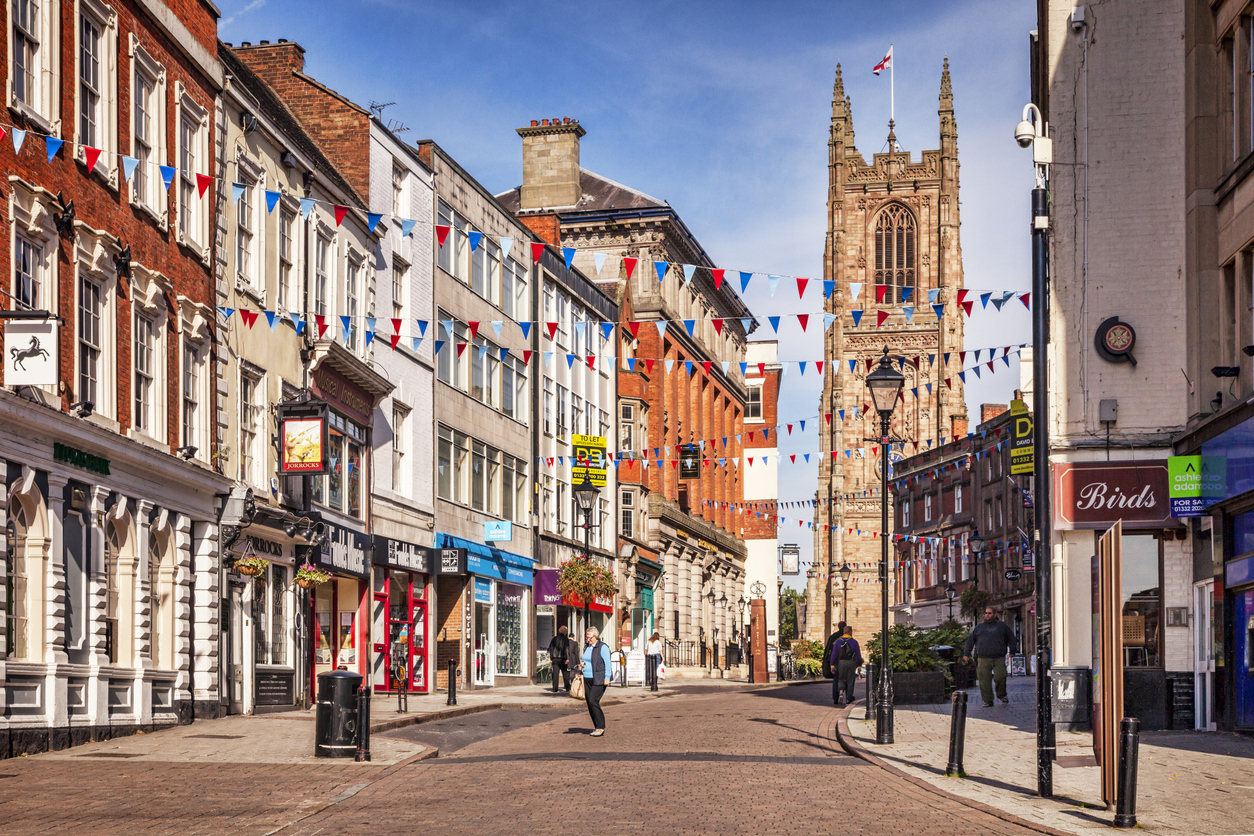Introduction
Derby sits at the heart of the East Midlands, renowned for its engineering, manufacturing, and transport industries. Derby Train Station’s location and infrastructure make it a natural hub for movement across the UK. Derby train station is a key pillar in that picture, but not the only one. To understand how the city works for residents and investors, you need to look at rail, roads, buses, and future mobility plans together. That mix underpins sustainable growth, commuter convenience, and long‑term property appeal.
Derby train station in context
Derby train station is one of the country’s oldest continuously used stations and a vital link to major hubs, including London St Pancras, Birmingham, Sheffield, and Nottingham. This reach supports a commuter‑friendly lifestyle and helps employers attract talent, especially in aerospace, rail engineering, and automotive. Recent upgrades and service improvements signal an ongoing commitment to reliability and capacity. Still, rail is only part of the story.

Road links that carry commerce
Derby’s road network gives it an edge for both daily travel and logistics. The A52 ties the city to Nottingham in the east and the A50 in the west. The A38 connects north toward the M1 and south toward Birmingham. For firms that depend on just‑in‑time delivery and smooth supply chains, those routes matter. Ongoing maintenance and targeted upgrades help keep people and goods moving.
Buses, cycling, and walking
A well‑used bus network links central Derby with suburbs and nearby towns, with frequent services at peak times. For many workers and students, it’s a practical and affordable choice. Cycling and walking options are expanding too, supported by dedicated paths and shared‑use routes. As more plans focus on lower‑carbon travel, these choices help reduce congestion and improve air quality. That’s good for liveability, which in turn supports housing demand.

What’s coming next
Derby continues to invest in smarter, cleaner mobility. Priorities include extra rail capacity, expanded smart ticketing, stronger bus corridors, and more EV charging. Expect ongoing work on traffic management and safer cycle links. The city has also been chosen as the home of Great British Railways headquarters, putting Derby in a leading role as national rail reforms progress. That focus can act as a magnet for skills, jobs, and further transport investment.
These improvements continue to strengthen Derby’s appeal for new-build housing, including developments such as Cotton House.
Why connectivity matters for investors
Transport access is a core driver of buy-to-let demand and value. In Derby, the combination of rail reach, reliable roads, and improving sustainable travel creates a strong pull for renters and employers.
- Close to Derby train station or a fast bus corridor often means broader tenant demand and fewer voids.
- Proximity to the A52, A38, and A50 appeals to logistics, tech, and engineering teams.
- Ongoing mobility upgrades support confidence in the city’s growth path, which can help underpin long‑term holds.
The bottom line
Derby’s network is anchored by its historic station, strengthened by strategic roads, and lifted by steady investment in buses and active travel. For property investors, that blend supports day‑to‑day convenience, broadens the tenant pool, and points to resilience over the cycle. If you’re assessing postcodes, keep an eye on walk times to Derby train station, access to key road links, and where the next wave of transport improvements will land.
To learn more about our developments or discuss investment opportunities in Derby, please get in touch via our contact page.











